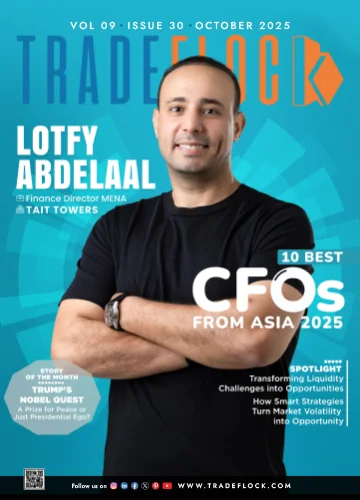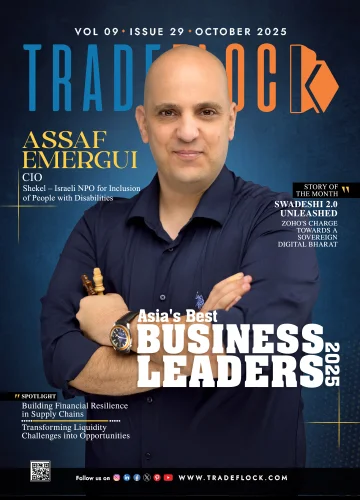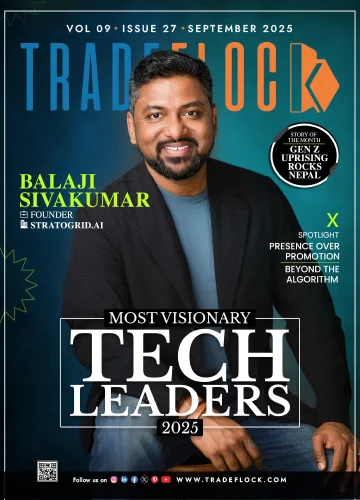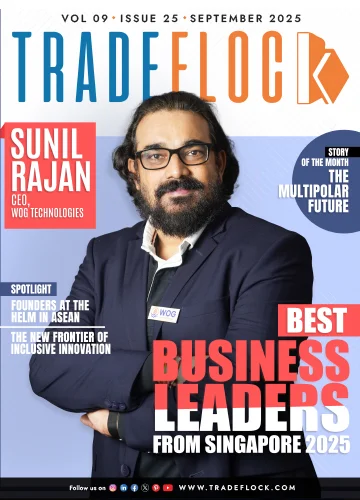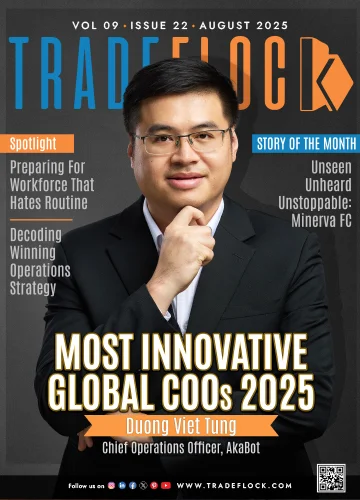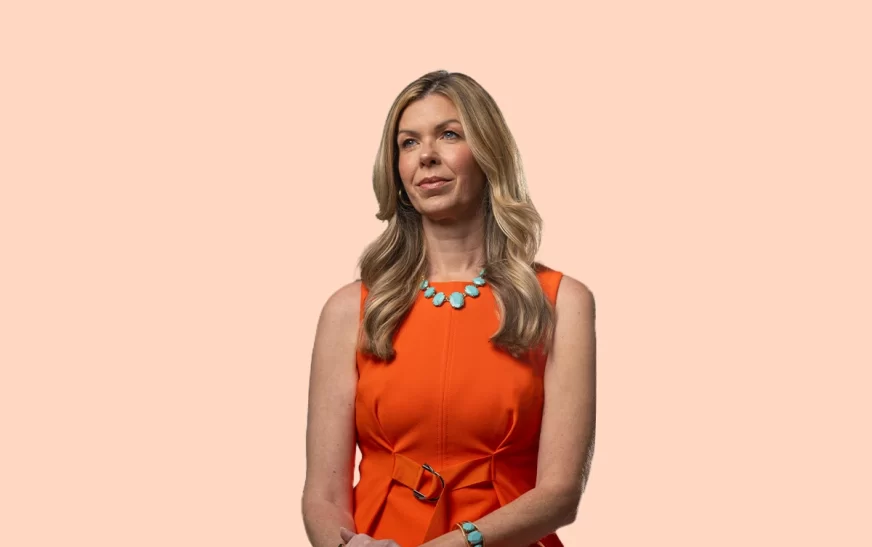
Bimalendu Tarafdar
Vice President Marketing ,Sanjay Ghodawat GroupBimalendu brings over 20 years of experience across FMCG, fashion retail, automotive, and hospitality sectors. An expert in strategy, brand management, digital marketing, and consumer insights, he has led impactful campaigns that boosted growth, market share, and brand equity. A data-driven leader with strong analytical and problem-solving skills, he thrives in dynamic environments, creating meaningful value for both customers and the organisation.
Some of the most memorable marketing campaigns I’ve been part of didn’t come from tightly managed war rooms – strict instructions, constant oversight, and micromanagement of the entire process. In fact, the greatest successes whether I was being led or leading, emerged from instinctive decisions, a culture of openness, and environments where teams felt safe to chase wild ideas.
Over my two decades of experience, I’ve learnt that great leadership isn’t about control. It’s about clarity and trust. Early in my career, I was fortunate to work under leaders who knew when to step in, and more importantly, when to step aside. They gave me space to flourish, trusting me to find my path while always ready to catch me if I stumbled.
Working with these leaders, I came to realize that real creativity thrives not under command, but under freedom. It blossoms when your team feels ownership, not just accountability. When they stop seeking permission and start following the vision.
So, why do many leaders struggle to let go? Often, it’s the fear of failure. The perceived risk of team’s mistake derailing the project and reflecting poorly on them. But this short-term ‘safety’ comes at a high cost: stifled innovation and disengaged teams.
Letting go doesn’t mean being absent; it means being deeply present as a mentor, not as a mere manager. It’s about setting clear goals and priorities, letting them ask questions, clarifying their doubts and then letting them choose the best route rather than issuing directives.
Yes, there will be mistakes. Not every project will go as intended. That’s when true leadership shines. It means owning up, taking full responsibility for the failure rather than blaming the team. It means focusing on learning instead of punitive measures. What went wrong? What can we learn? How can we prevent it next time? This transforms setbacks into growth opportunities, fostering a brave environment where experimentation is valued over perfection.
The immense upside of this approach? A culture where individuals feel seen and valued, where ideas multiply organically, and where teams take immense pride in what they build and how they build it.
I strongly believe our job as leaders is not to be the smartest in the room. It’s to create a room where smart people feel safe and inspired. That’s when magic happens.

